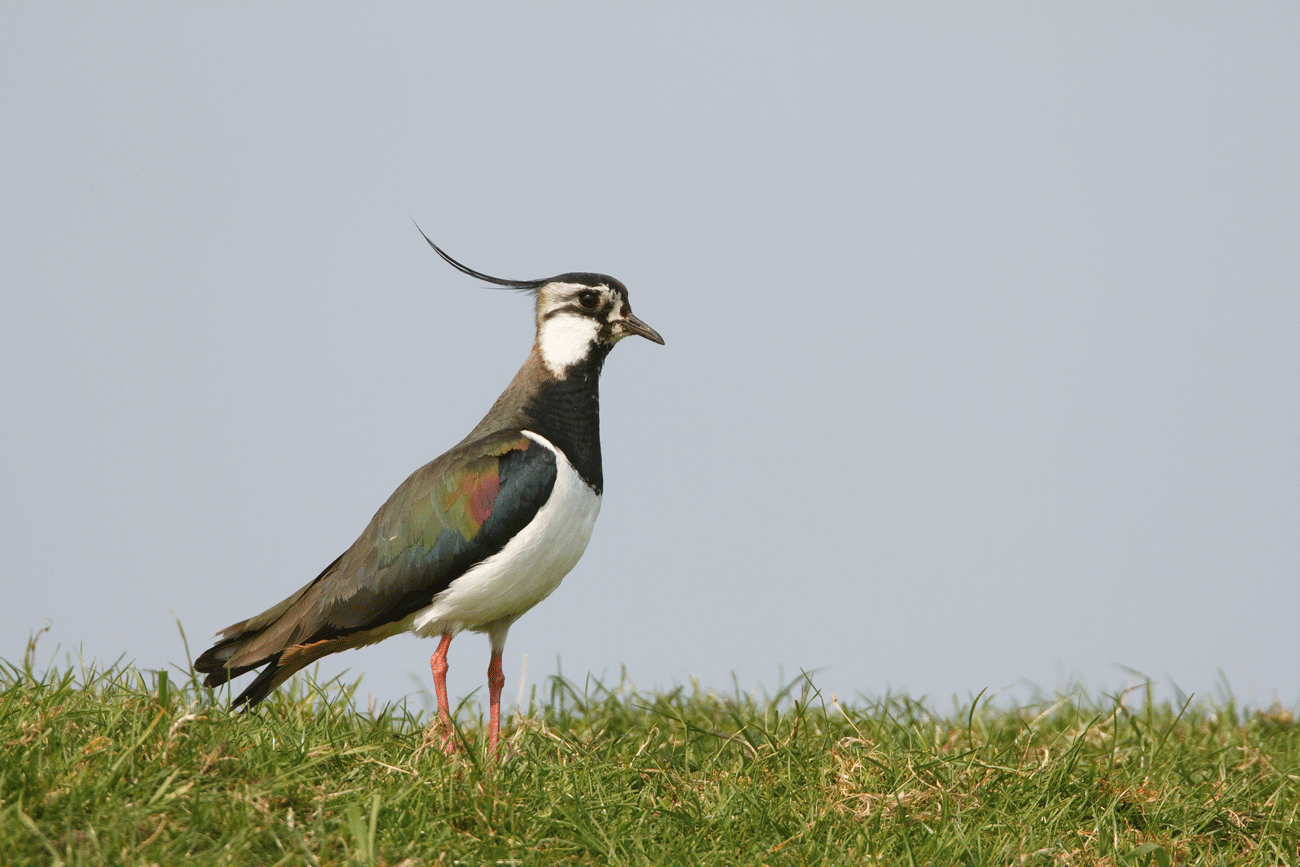
After my local record of 118 sightings of different bird species in 2022 I decided to try and go one better in 2023.
But as 120 is a nice round number I soon decided I’d make that my target instead.
The number is a significant personal one because it’s a good score for me on a dart board. I’m no Luke Littler.
120mph is also the fastest I’ve ever driven – not in pursuit of a fast-disappearing rare bird, you understand, but in a Volvo ambulance on a test track. But that’s a different story…
No year is the same and some key variables affect how many birds one is likely to accumulate on their list.
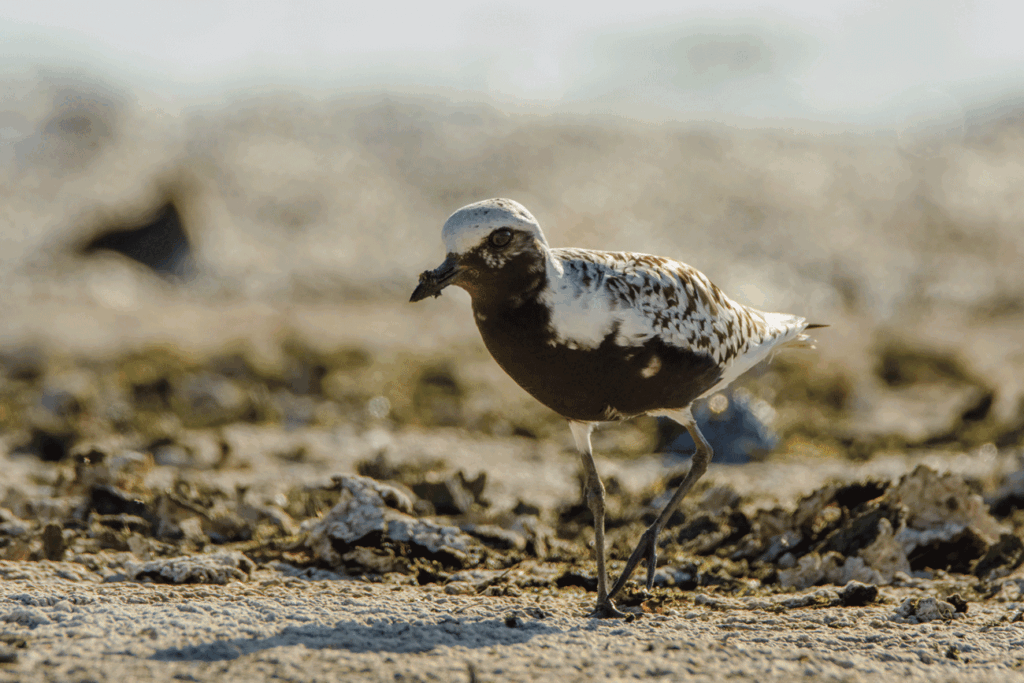
Weather conditions at home and abroad, how much time you can devote to the hobby, your persistence, and a certain amount of luck all play their part.
Other factors include the food levels available for visiting species, the annual changes in farming practices, your optics, experience and the times of day you can go birding.
2023 in Cranleigh proved to be the year of the wader with 10 species observed. We don’t really have any pools for wading birds but a few wet fields do annually attract scarce Snipe and Lapwings in winter, and small numbers of Woodcocks are present all year.
But last year I found myself walking in a wader wonderland for a time and I was chuffed to finally find my first Jack Snipe for the area.
April showers downed migrating Little Ringed Plovers, Common Sandpiper, Green Sandpiper, Curlew and the village’s first ever Grey Plovers.
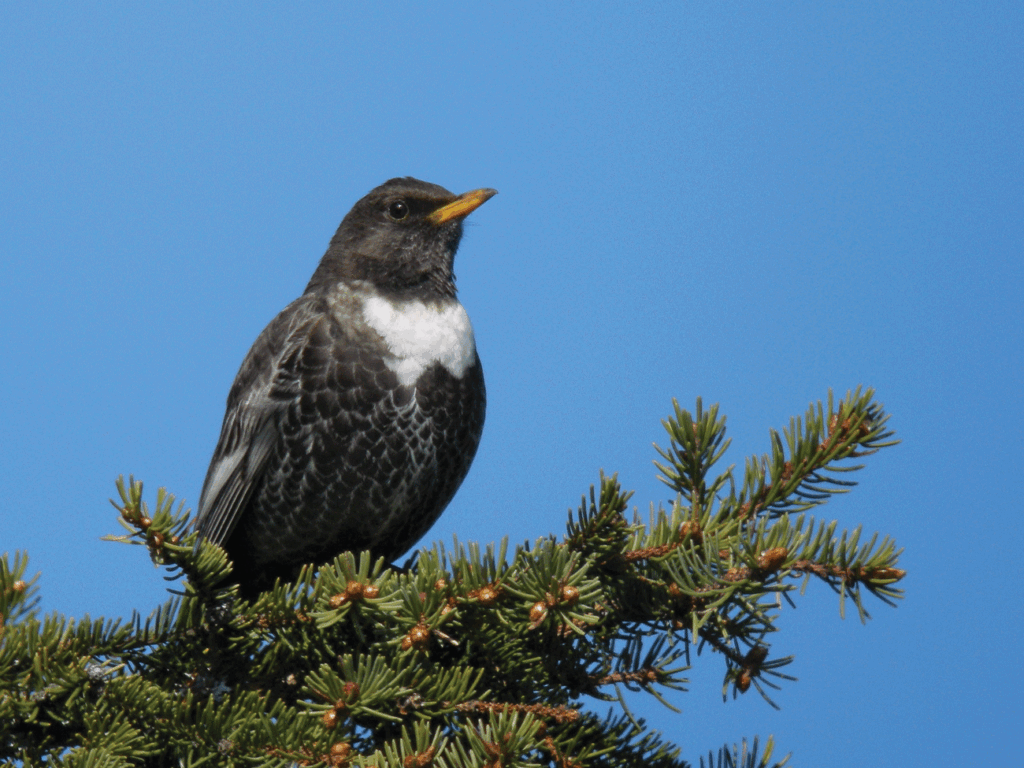
I was also overjoyed at the end of that month to discover another wader on flooded land that has not been recorded here since 1859. More on that next month.
Many of the waders stayed only briefly as they refuelled on their long journeys from Africa to their northern breeding grounds.
The Lapwings turned back the clock though and reminded me of years long gone when they bred around the village. For some weeks they sat, presumably on eggs, and protected their patch with impressive and noisy figure of eight flights to ward off intruders.
It was to no avail. They had to contend with hundreds of Crows, Jackdaws, Rooks, and a juvenile Peregrine. Red Foxes no doubt also had their fill.
One of the saddest things I’ve seen while birding was in Estonia where a Red Fox rambled freely through the long grass, wiping out Lapwing young and eggs as it went. The Lapwings were going mad but it just took its time and picked off its prey one by one.
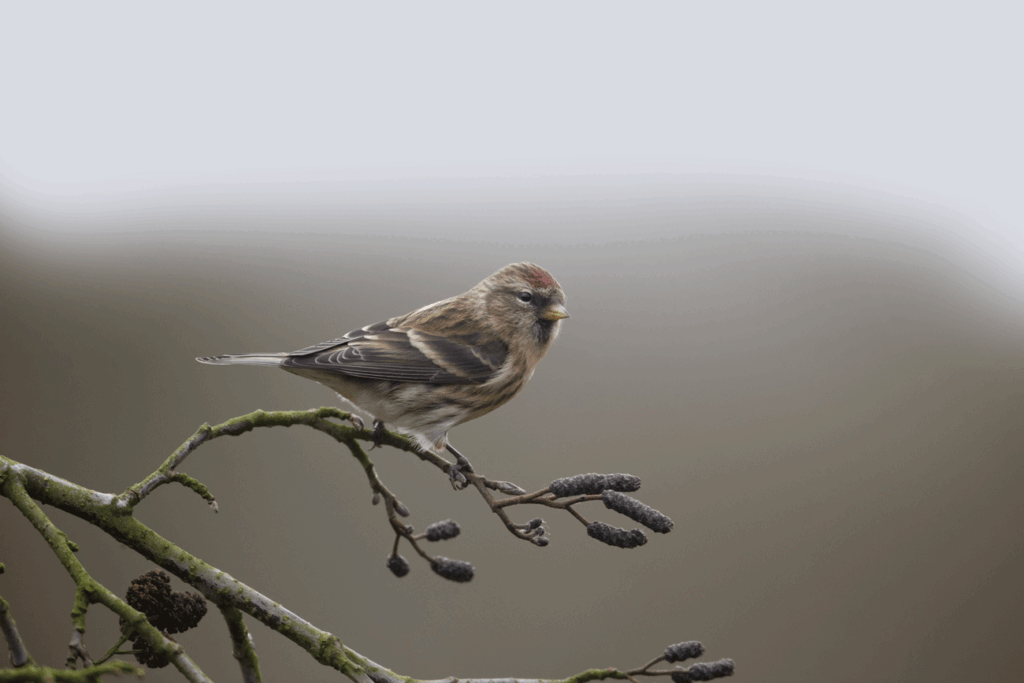
My sightings built up gradually with many of the expected sightings, some surprises, and sadly a few ‘no shows’ of species seen the previous year.
My 100th bird came as early as 15 April with a Nightingale singing its hauntingly beautiful song from a hedge. The expected other summer visitors bumped up the list, including my first Spring record here of Whinchat and a briefly singing migrant Reed Warbler.
By 20 May I was up to 114 and things were going well. But June drew a total blank for new birds. I was confident of seeing at least six more over the next six months and hoped I might even exceed the 120.
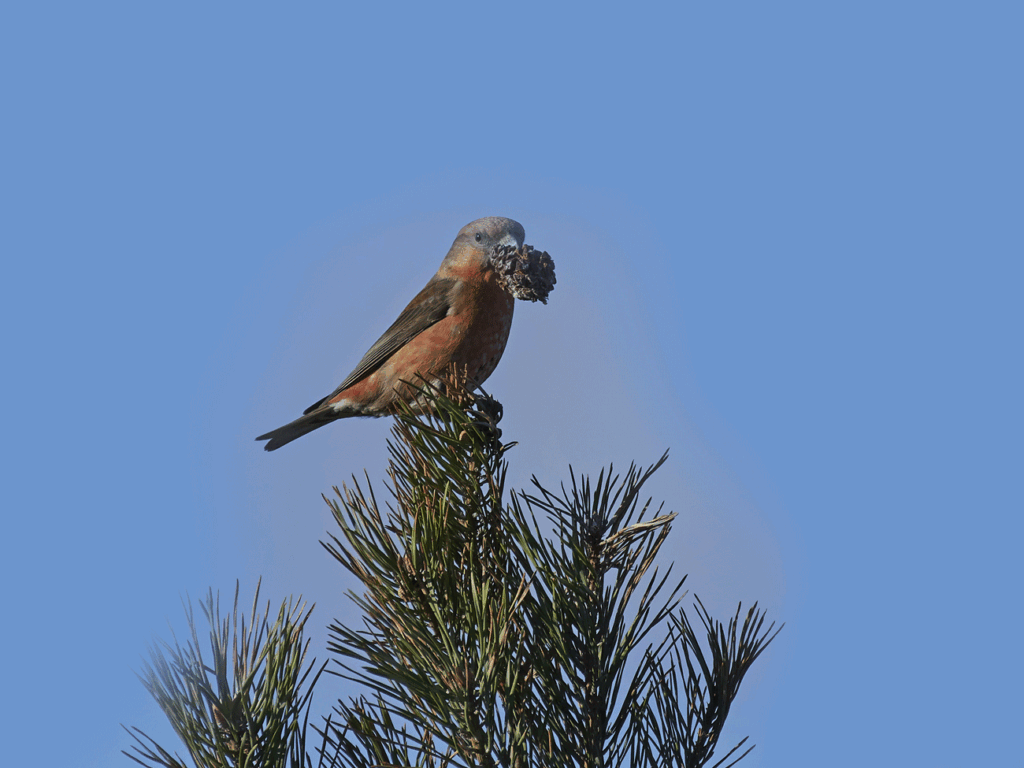
But it proved a hard slog. July finally brought me a Kingfisher and, after much searching, Spotted Flycatcher. Yellow Wagtails were the August highlight in a field of cows but other migrating species I hoped for failed to come my way either that month or September.
I’d been watching the gradually ripening berries in the Surrey Hills so in October I tramped many days in the hope of a Ring Ouzel and was eventually blessed to find four together that fed in a Whitebeam for a week and attracted a steady succession of admirers.
My last species for the year was a single long-awaited Brambling at the end of October. Crossbills failed to show locally for me, although there was a small Autumn influx into Surrey. I must have visited one likely area 30 times!
I’d also expected to bump into Ring-necked Parakeets, which now number many thousands in the north of the county. A few turned up briefly in Ewhurst but eluded me in the time I had available for stakeouts.
Better results came with an influx of Lesser Redpolls. I saw only two in the early months of 2023, but this winter visitor returned in good numbers in the latter part of the year. I counted as many as 120 one day at Winterfold.
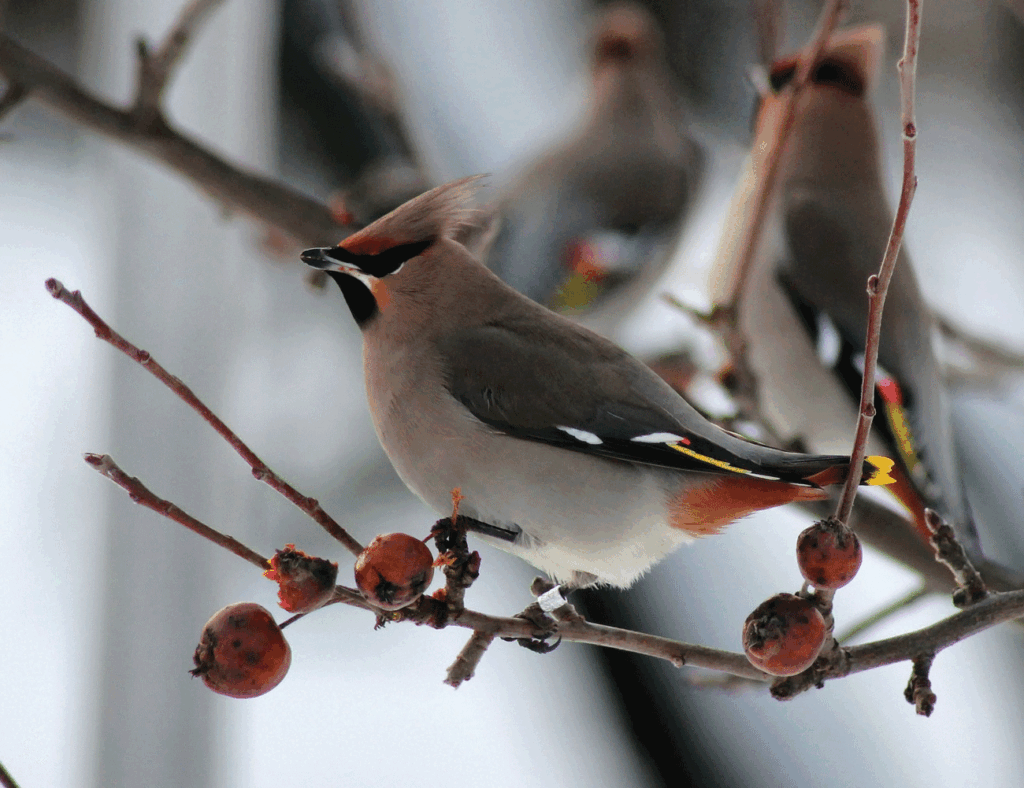
But 120 different species was not to be and I ended, albeit with a local record, of 119.
My year’s results demonstrate that in this part of the county we do host what many people would consider a huge number of different and remarkably varied species. But don’t be fooled.
The big takeaway for me was the continuing low numbers of many previously common resident, summer and winter species we once took for granted. Finches and other small birds were generally low in numbers and too many of the species I saw were singles or just a pair.
Often on my walks there really was very little to see or hear. Other birders have reported similar accounts from their ‘patches’.
Towards the end of the year I had one last hope of hitting my target. It was a ‘Waxwing winter’ in many northern counties and flocks were coming Surrey’s way. Of course, I found none. They’d have made for a beautiful finale to my pursuit of 120.
A few days into 2024 my friend John Richardson found three eating fast-disappearing Rowan berries at Elmbridge Village. But sadly they didn’t hang around for me.











